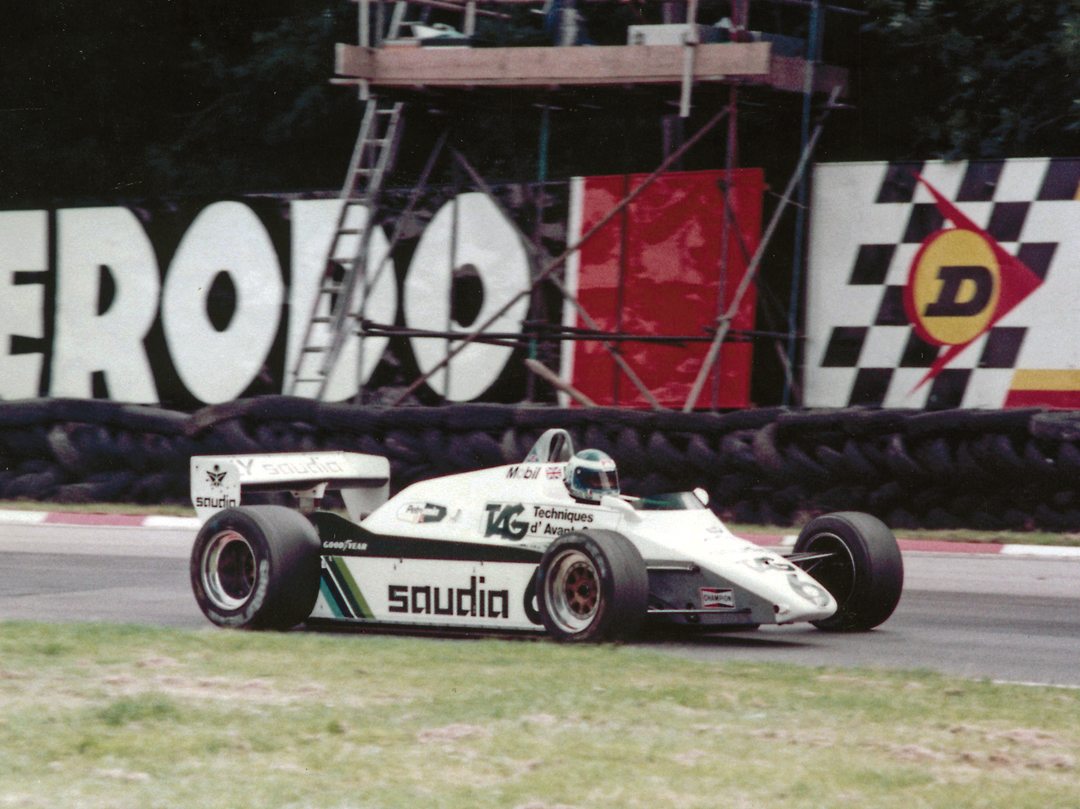My favorite Williams Formula One car that I designed, is the FW08—the car Keke Rosberg used to win the 1982 drivers World Championship. I know he only won the one race with the car, the Swiss Grand Prix at Dijon, but he beat people like Piquet driving a Brabham, who had 200 hp more than he did. It was the time when the turbo engines were about. The FW08 was also the most aerodynamically efficient I know of. Even today, Formula One cars with all the peripheral technology available and, of course, the 100 or so staff needed to design and build such machines, aerodynamically are only half as efficient as the FW08.
Speaking as a designer and engineer, I believe racing always prospers when we are given a free hand to design cars to race without the interference of the governing bodies; historically, I think you will find that correct. Rule changing is a very blunt instrument to use to try and manipulate closer racing, and it fails time after time. If engineers were given a reasonable length of time, closer racing can be achieved. Ever since the politicians and marketing people have tried to exploit racing by messing about with the rules it has got worse and worse. I feel that the FIA should make the design rules simpler, in relation to modern Formula One cars, for a lengthy period of time. It is the only way ahead to achieve closer racing and a greater spectacle in Formula One. If you look back over the history of racing, the idea of reducing downforce to improve racing has proven not to be true. From 1982-’83, we lost over 80 percent of our downforce and that did nothing to improve overtaking or anything. If it had proven the case we would have heard about it years ago. Yet, many years later, the governing body is still banging on about reducing downforce to improve racing…it’s obscene! The idea that less downforce equals more overtaking is ridiculous. It astonishes me how so called intelligent people still believe it.
No Subscription? You’re missing out
Get immediate ad-free access to all our premium content.
Get Started



